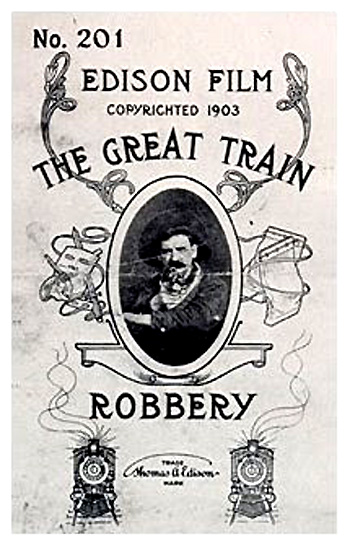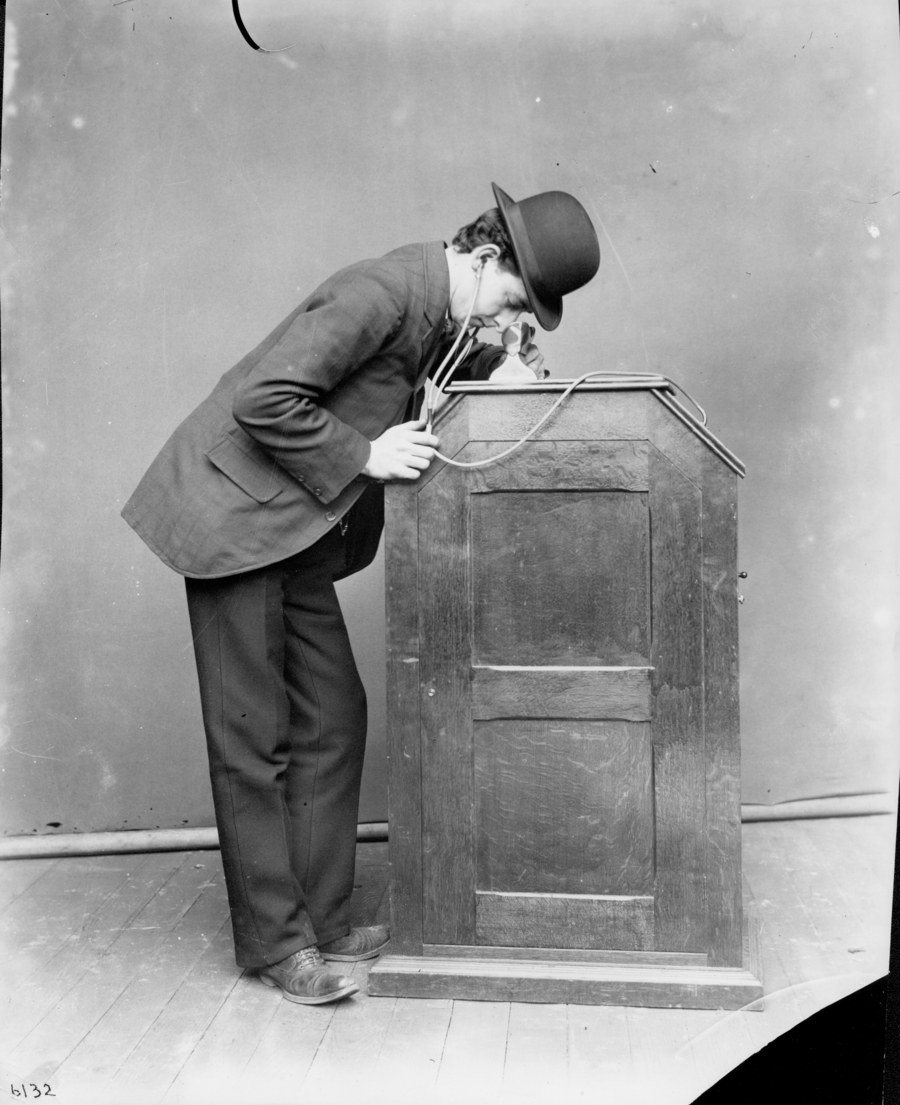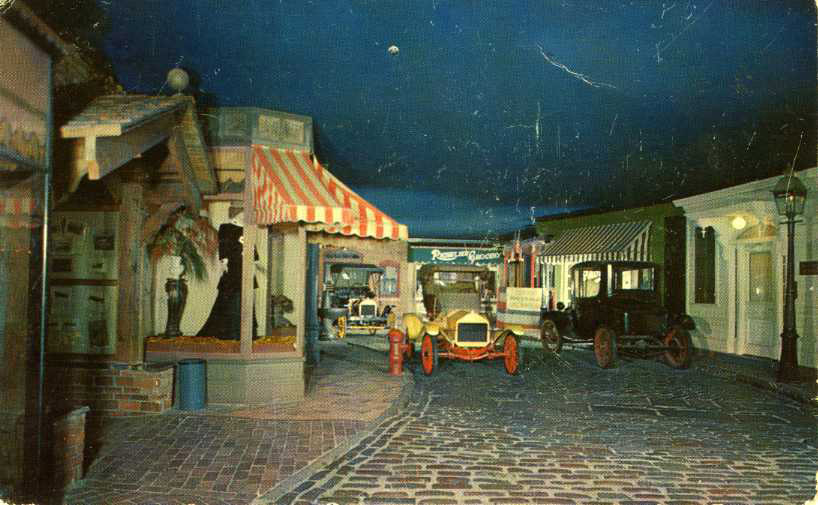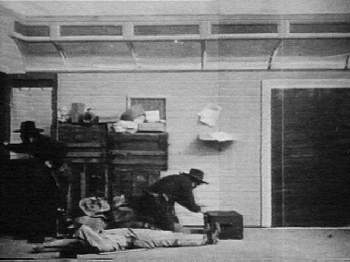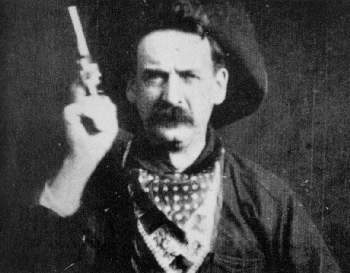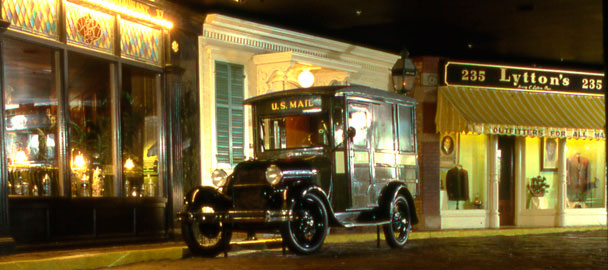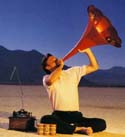|
Doug Boilesen 2009 This movie is in my top ten for its impact on the motion picture industry (movie westerns in particular). This movie was a first in many areas. It used innovative film techniques, it portrayed the good guys versus bad guys in an action filled western, and it had a dramatic conclusion. The moving picture industry was growing up and Edison and William Kennedy Dickson's experimental clips of The Sneeze and The Kiss from only a few years earlier showed how much had already changed. There was now a story put together with changing scenes and anticipation about what was going to be seen next. The venue for watching had also changed as the Kinetoscope that had provided single viewers in arcades the opportunity to watch those early shorts was being replaced with stories that were to be watched in theatres with audiences and often accompanied by music.
Kinetoscope, 1894
Although only 12 minutes long The Great Train Robbery made a lasting impression on me when I first saw it as a nine-year old at Chicago's Museum of Science and Industry. At the end of the museum's re-created Main Street was The Nickelodeon. We entered and sat on wooden benches and watched The Great Train Robbery to the sounds of the accompanying pianist. I was growing up in the early years of television but loved watching this movie and was fascinated that this movie was made in 1903. There were similiarities but it was from another world compared to the television episodes of the Lone Ranger I was watching in the 1950's. I would learn that Main
Streets built for attractions like "Main Street" Disneyland
have their historical limitations and are often simply stereotypes
of middle class white American and nostalgia from early twentieth
century life. This can likewise be true for museum 'main streets.'
But seeing this movie in the context of the Museum of Science and
Industry's Main Street was special for me and at the time felt authentic.
I'm also sure that the experience of those early movie-goers watching The Great Train Robbery must have been nothing short of amazement. I watched hundreds of hours of TV westerns and “B” western movies growing up in the 1950's and 60's and I remember characters and details from many of those shows. But I'm still surprised how the experience of walking through this museum’s Main Street and then watching the 12 minute The Great Train Robbery left such a deep impression. I'm pretty sure that seeing the Museum of Science and Industry's Main Street when I was young and watching "The Great Train Robbery" were important pieces in sparking my interest in 20th century popular culture. It probably is also connected to my life-long interest in collecting phonographs and related memorabilia although I don't remember seeing any phonographs at that museum. My wife often comments that I was, or should have been alive in 1899. And it's true that as a period of history it fascinates me. But I would respond by repeating the words of the indie rock band The Long Winters and simply say "I like the old days, but not all the days, only the good old days."
|
